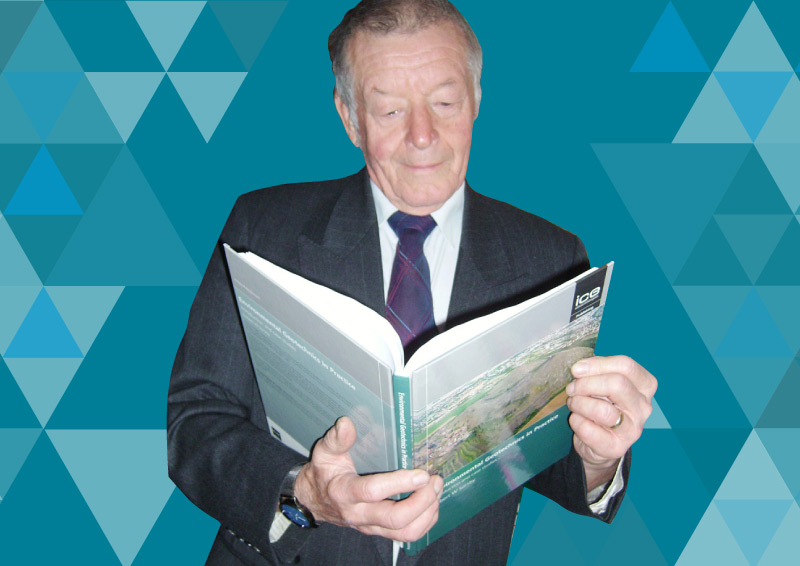Robert Sarsby, an author of Environmental Geotechnics in Practice: Introduction and case studies, on why he chose to become a civil engineer, what it takes to write a book and more!

- Updated: 17 Oct 2019
- Author: Robert Sarsby
What inspired you to work in civil engineering?
I grew up in Sherwood Forest and we were always building mini ‘structures’ of some form or other out of timber, metal and soil. At the same time I really enjoyed maths and physics at school and civil engineering seemed to be the ideal profession to continue doing what I liked.
What does writing a book entail?
You do not need to be a genius to write a book but you do need Edison’s formula, i.e. 1% inspiration and 99% perspiration. You need to be persistent, self-motivated and a little bit self-opinionated.
What is the best part of writing a book?
The rush of enthusiasm at the start and the flood of relief at finishing the book.
And the worst…? What was the biggest challenge you faced?
Trying to obtain reference sources that have been incorrectly cited by other authors. My biggest challenge was to obtain, and present images and illustrations that are acceptable to a publisher in terms of quality and proof of ownership or usage.
What will the reader learn from Environmental Geotechnics in Practice: Introduction and case studies?
A key lesson is always to apply common sense to any construction project. As with any analysis you should always critically scrutinise your input and output data. If in doubt, go back to first principles. In addition, a successful project requires a holistic approach and attention to detail - choosing just one or the other is not good enough.
How do you take your tea?
Either strong black or Earl Grey with skimmed milk and a sweetener.
If you could invite any engineer (alive or dead) to dinner, who would it be?
The designer (Thomas Pritchard) of the Iron Bridge in Shropshire so that he could see how his bridge turned out. I am sure that he would be amazed that it has become such a wonder and he would also discover what impact it had on bridge construction industry. I would also like to ask him how exactly he envisaged that the bridge would be erected, given the physical constraints of the site.
Find out more about the latest Robert Sarsby's book, Environmental Geotechnics in Practice: Introduction and case studies.
Planning to write a civil engineering book? Why not to read more about the benefits of publishing with ICE Publishing?
